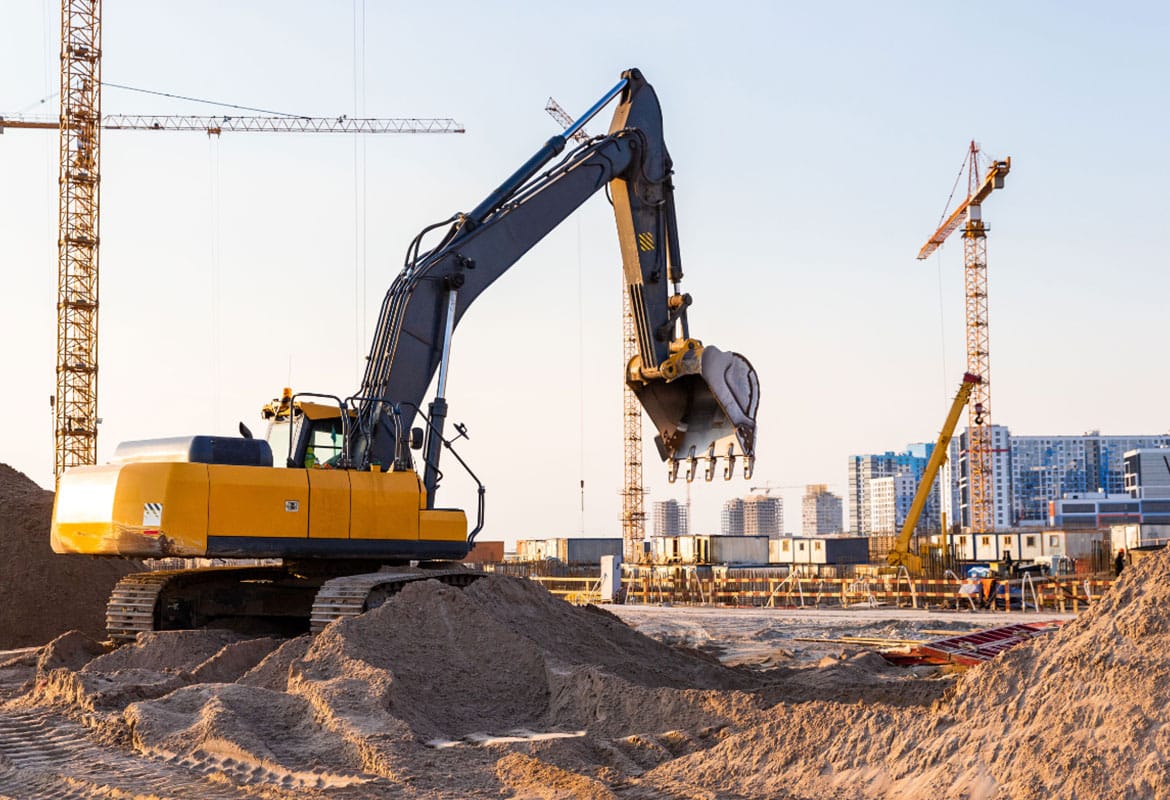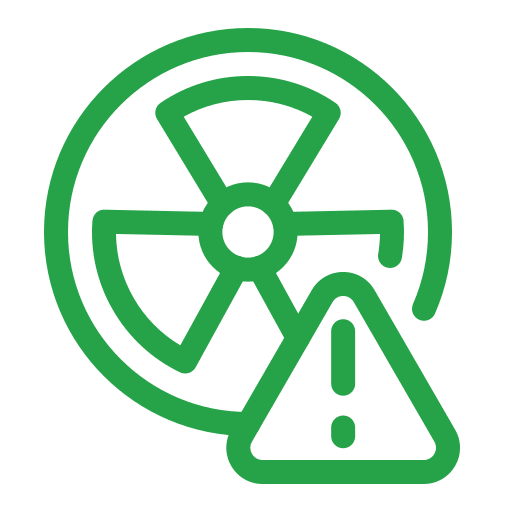Site Assessment & Remediation
Site Assessment & Remediation
There are many myths passed on from the greater culture that how we think. Some people. To think that to design.
Creative Environmental Solutions, Inc. (CES) provides top-tier environmental remediation services across Florida and the Southeast. Our commitment is more than compliance; we strive to demonstrate exceptional stewardship and technical excellence in every project.
We have prepared site assessment reports (SARs) and remedial action plans (RAPs) for hundreds of commercial and industrial sites in Florida, from Pensacola to Key West. CES evaluates all investigative and remedial alternatives at each phase of a cleanup project. Our geologists and engineers stay current on the latest technologies and regulations and are committed to finding the most cost-effective strategies for reaching site closure.

Why are Site Assessments and Remediation Important?
Environmental remediation services are needed for several key reasons
Easy Import
Lorem Ipsum is simply dummy text ofering thetonat sunrising printing and typesetting industry seo is partysipati carma.
Stunning Layouts
Lorem Ipsum is simply dummy text ofering thetonat sunrising printing and typesetting industry seo is partysipati carma.
No Need For Coding
Lorem Ipsum is simply dummy text ofering thetonat sunrising printing and typesetting industry seo is partysipati carma.
Easy Import
Lorem Ipsum is simply dummy text ofering thetonat sunrising printing and typesetting industry seo is partysipati carma.
Stunning Layouts
Lorem Ipsum is simply dummy text ofering thetonat sunrising printing and typesetting industry seo is partysipati carma.
No Need For Coding
Lorem Ipsum is simply dummy text ofering thetonat sunrising printing and typesetting industry seo is partysipati carma.

Contamination Cleanup
One of the primary reasons is to address and clean up contaminated sites. This could be due to historical industrial activities, accidental spills, or improper disposal of hazardous materials that have led to contamination of soil, groundwater, or surface water.

Regulatory Compliance
Various environmental laws and regulations require the cleanup of contaminated sites to protect public health and the environment. Remediation services help businesses and property owners comply with these regulations and avoid potential legal and financial penalties.

Public Health Protection
Contaminants like heavy metals, chemicals, or petroleum products can pose significant risks to human health. Remediation services work to remove or neutralize these hazards, thereby protecting communities and reducing the risk of exposure to harmful substances.

Environmental Conservation
Remediation is crucial for preserving and restoring the natural environment.

Property Value Enhancement
Contaminated properties often have reduced value. Remediation services can restore these sites to safe and usable conditions, enhancing their value and making them suitable for development or sale.

Preparation for New Development
Before new construction or development, it's essential to ensure that the land is free from contamination. Remediation services are often required to prepare these sites for safe and compliant development.

Risk Management
For businesses, managing environmental risks is crucial to maintain their reputation and avoid liabilities. Environmental remediation helps by effectively managing these risks and ensuring that any contamination issues are properly addressed.

Sustainable Land Use
Remediation is key for sustainable land use and urban development. It allows previously unusable or contaminated lands to be safely repurposed for community use, such as parks, housing, or commercial development.

Remedial Action Plans (RAPs) Development
At CES, we consider all potential remedial alternatives at each cleanup phase to devise the most effective RAPs. This ensures timely and cost-effective solutions that meet client needs and regulatory requirements.
Common Elements
There are many myths passed on from the greater culture that how we think.
Some people. To think that to design.
Easy Import
Lorem Ipsum is simply dummy text ofering thetonat sunrising printing and typesetting industry seo is partysipati carma.
Stunning Layouts
Lorem Ipsum is simply dummy text ofering thetonat sunrising printing and typesetting industry seo is partysipati carma.
No Need For Coding
Lorem Ipsum is simply dummy text ofering thetonat sunrising printing and typesetting industry seo is partysipati carma.
Easy Import
Lorem Ipsum is simply dummy text ofering thetonat sunrising printing and typesetting industry seo is partysipati carma.
Stunning Layouts
Lorem Ipsum is simply dummy text ofering thetonat sunrising printing and typesetting industry seo is partysipati carma.
No Need For Coding
Lorem Ipsum is simply dummy text ofering thetonat sunrising printing and typesetting industry seo is partysipati carma.
Easy Import
Lorem Ipsum is simply dummy text ofering thetonat sunrising printing and typesetting industry seo is partysipati carma.
Stunning Layouts
Lorem Ipsum is simply dummy text ofering thetonat sunrising printing and typesetting industry seo is partysipati carma.
No Need For Coding
Lorem Ipsum is simply dummy text ofering thetonat sunrising printing and typesetting industry seo is partysipati carma.
Featured Projects
Check out our featured Site Assessment & Remediation projects.
TRANSPORT
Lorem Ipsum is simply dummy text ofering thetonat sunrising printing and typesetting industry seo is partysipati carma.
TRANSPORT
Lorem Ipsum is simply dummy text ofering thetonat sunrising printing and typesetting industry seo is partysipati carma.
Concrete
Lorem Ipsum is simply dummy text ofering thetonat sunrising printing and typesetting industry seo is partysipati carma.

Key Elements of Assessment and Remediation
There are many myths passed on from the greater culture that how we think. Some people. To think that to design.
CES employs a diverse array of assessment and remediation elements to address various environmental challenges:
- Soil boring and monitoring well installation
- Collection and analysis of soil and groundwater samples
- Soil gas surveys
- Soil excavations
- Pilot- and bench-scale testing
Advanced Remediation Technologies and Methods
- Air sparging and soil vapor extraction to treat volatile contaminants.
- Multi-phase extraction techniques for comprehensive site cleanup.
- Pump and treat systems for effective groundwater remediation.
- In-situ chemical oxidation to break down contaminants on-site.
Choose CES for Environmental Remediation Services
We are here to provide you with the expertise and solutions needed to address your environmental challenges effectively.
Testimonials
Whether you are a member of a governmental organization, a private business entity, or an individual, we can help.
Creative Environmental Solutions is a top-notch, professional environmental consulting firm with decades of experience in the field and industry. George Foster and his Team are personable, timely, and knowledgeable with a reputation for quality and reliability amongst both private and government sector entities involved in the Environmental arena. I would fully recommend that you consider Creative Environmental Solutions for your environmental consulting service needs.
Creative Environmental Solutions has been providing environmental and engineering services to support our concrete ready mix and block plants across Florida for decades, including industrial wastewater and water use permitting and compliance, wetland and listed species surveys, contamination assessment and remediation services, and more. We contact CES when we have a problem! I highly recommend their services.
Creative Environmental has been responsible for industrial and domestic waste water permitting and monitoring at our Florida facilities since the 1990s. They have provided consistent and high-quality service and have always been just a phone call away. I would recommend CES and their comprehensive staff without hesitation, knowing the quality of workmanship and results are trusted.




